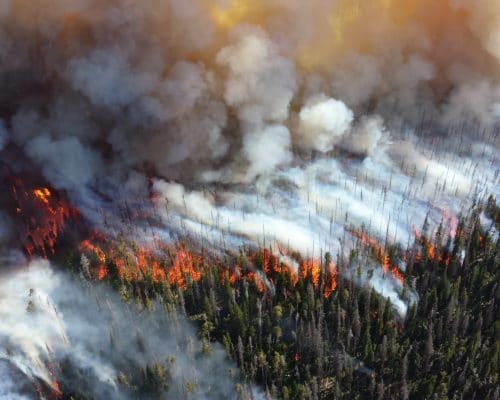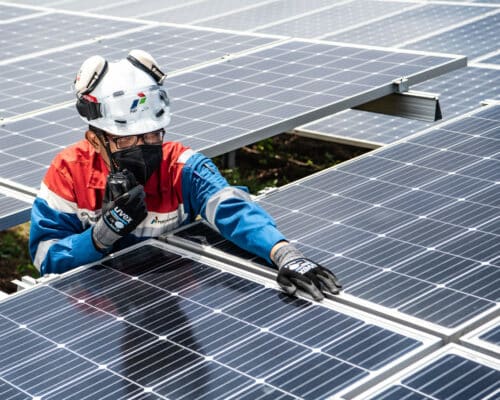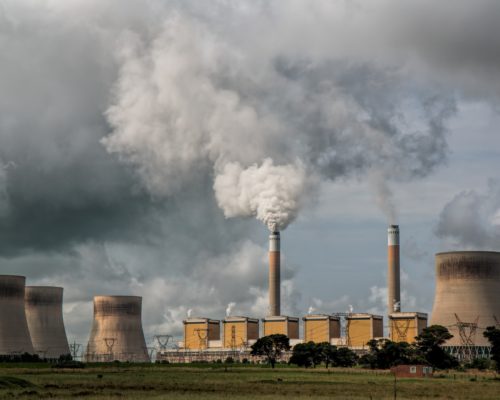Coal is Dirtier Than You Think: The Hidden Methane Risk [Op-Ed]
04 November 2024 – by Dr Sabina Assan
Coal has long been synonymous with environmental harm. It is the single largest contributor to global warming, estimated to be responsible for 41% of global carbon dioxide emissions. Yet, there’s a largely overlooked aspect of coal’s pollution profile that makes its climate impact even worse: the massive amounts of methane released when mining for it. The Asia Pacific region is home to four of the six largest emitters of coal mine methane.
Why Coal Mines Release Methane
As set out in Ember’s Interactive Explainer, methane is generated during coal formation and trapped until disturbed, for example, by mining activities. In the case of underground mines, emissions can continue for decades after coal extraction stops as methane continues to leak from the mined rock layers.
The Climate Impact of Methane
Methane is over 80 times more effective than CO2 at trapping heat during its first 20 years in the atmosphere, making it a major contributor to near-term global warming. More than a third of present-day warming is caused by methane.
The fossil fuel industry is responsible for 31-42 % of human-caused methane emissions, with coal mines accounting for nearly a third of this—surpassing even the global gas sector. For some countries, like China, coal mines are the single largest source of methane emissions.
The scale is alarming – methane emitted by coal mines in 2023 will have a more profound warming effect in the coming two decades than India’s total CO2 emissions last year.
The Problem is Bigger Than We Think
Methane emissions from coal mines are likely far greater than reported due to inadequate monitoring and reporting. Official national reports suggest that global coal mine methane emissions total about 35 million tonnes annually. However, the International Energy Agency (IEA) estimates this figure to be higher, at 39 million tonnes annually, while Global Energy Monitor places the actual figure at a staggering 56 million tonnes. This only covers operational coal mines; most countries don’t even track the locations of abandoned mines, let alone measure or estimate their methane emissions.
Ember has found that more than twenty-two countries—including Australia, a signatory of the Global Methane Pledge — might release more than double the methane emissions they currently report.
Much of this discrepancy arises because only a small percentage of coal mines directly measure methane emissions. Instead, most estimate emissions using “emission factors”—averages of methane emissions per tonne of coal produced—rather than actual measurements.
For example, independent studies suggest that Indonesia’s coal mine methane emissions could be between 5 and 30 times as much as the government currently reports. This underreporting is mainly due to the use of inaccurate emission factors and the omission of several operating underground coal mines, which might contribute to more than 32% of coal mine methane emissions at the national level.
In Australia, the difference is partly due to the inadequate emissions factors used by surface mines, which comprise more than 80% of coal production in the country. Recently, a voluntary shift to company-led emissions measurements was supposed to improve this. Still, without proper third-party verification, Ember has identified potentially millions of tonnes of unreported emissions each year that threaten to undermine Australia’s emissions inventory.
Continuous and direct measurements are essential to combat the methane menace from coal. Unlike the one-size-fits-all approach of using emission factors, mine operators should combine ground-based and aerial methane measurements to provide a comprehensive view of methane emissions and aid in identifying where mitigation is most needed.
Solutions Are Within Reach
Coal mines know the exact locations of where they are emitting, and the good news is that solutions to reduce coal mine methane emissions are already available. Underground mines purposefully remove methane from the mine through mine degasification and Ventilated Air Methane (VAM), yet it is released into the atmosphere rather than utilising or destroying it.
Over half of global coal mine methane emissions could be mitigated using existing technologies. Gassy mines – the worst offenders in methane emissions – could either be closed or capture and utilise their emissions, converting them to energy.
Methane mitigation is one of the fastest and most cost-effective ways to slow global warming in the short term, potentially lowering peak temperatures by mid-century. However, to meet net-zero targets by 2050, the fossil fuel industry needs to cut methane emissions by 75% by 2030.
Expansion plans for coal mines are at odds with this target. India, the second largest producer and consumer of coal, is set to expand its coal mining operations to meet the growing energy demand. The country is also planning to revitalise its abandoned underground mines by auctioning them along with new mines. Ember’s analysis shows that methane emissions from India alone could increase twofold by 2029 to 1.6 million tonnes per year.
To put the magnitude of these fugitive emissions from coal mining into perspective, the projected fugitive emissions from India’s coal mining could have a comparable short-term warming impact as all of India’s trucks and buses.
Global Action on CMM
Coal mines are a significant and often underreported source of methane emissions, and addressing this issue could have an immediate and meaningful impact on the climate crisis.
We have the opportunity to mitigate methane emissions and slow the pace of global warming. However, current policies and action plans are far from meeting global methane mitigation requirements. So, while the global transition to renewable energy is accelerating, simply moving away from coal is not enough. The fossil fuel industry can drastically reduce its methane footprint and contribute to a more sustainable future through direct and continuous monitoring and implementation of available mitigation technologies.
Dr Sabina Assan is a methane analyst at the energy think tank Ember. She has over five years of experience in the environmental sector, including work measuring fugitive methane emissions from anthropogenic sites in Europe. She holds a PhD in Environmental Sciences from Laboratoire des Sciences du Climat et de L’Environnement and an MSci in Physics.
Ember aims to accelerate the clean energy transition with data and policy. It creates targeted data insights to advance policies that shift the world to a clean, electrified energy future.
Disclaimer: The views and opinions expressed in this article are those of the author and do not necessarily reflect the official policy or position of Energy Tracker Asia.









